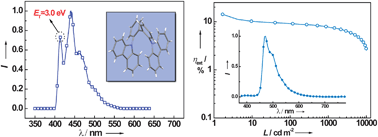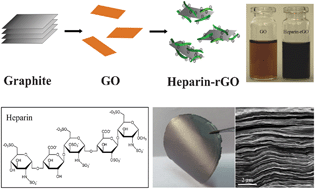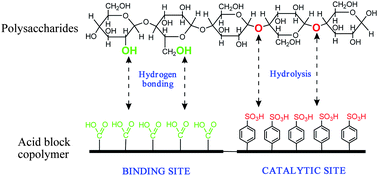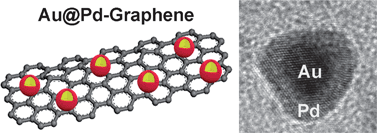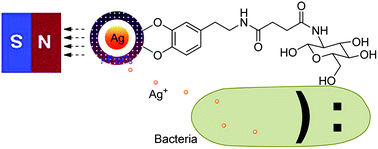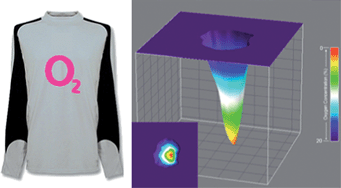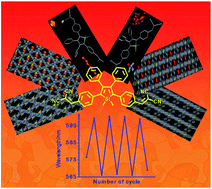Phosphorescent organic light-emitting diodes (PhOLEDs) offer high quantum efficiency compared to conventional fluorescent OLEDs because they can harness both singlet and triplet exitons for emission. Green and red PhOLEDs with 100% internal quantum efficiency have been reported, but highly efficient and stable blue PhOLEDs have yet to be developed because of the lack of suitable host materials possessing higher triplet energy levels than blue phosphors. In this hot paper Chuluo Yang, Dongge Ma and colleagues report two simple CBP isomers with high triplet energies as efficient hosts for blue phosphorescent OLEDs, and the efficiencies of the o-CBP-based device are over 2 times higher than those of CBP. Interested to know more? Read the article for free until 2nd March. (Free registration required)
To keep up-to-date with all the latest research, sign up for the journal’s e-alerts or RSS feeds or follow Journal of Materials Chemistry on Twitter or Facebook.
– Russell Johnson, Development Editor, Journal of Materials Chemistry


